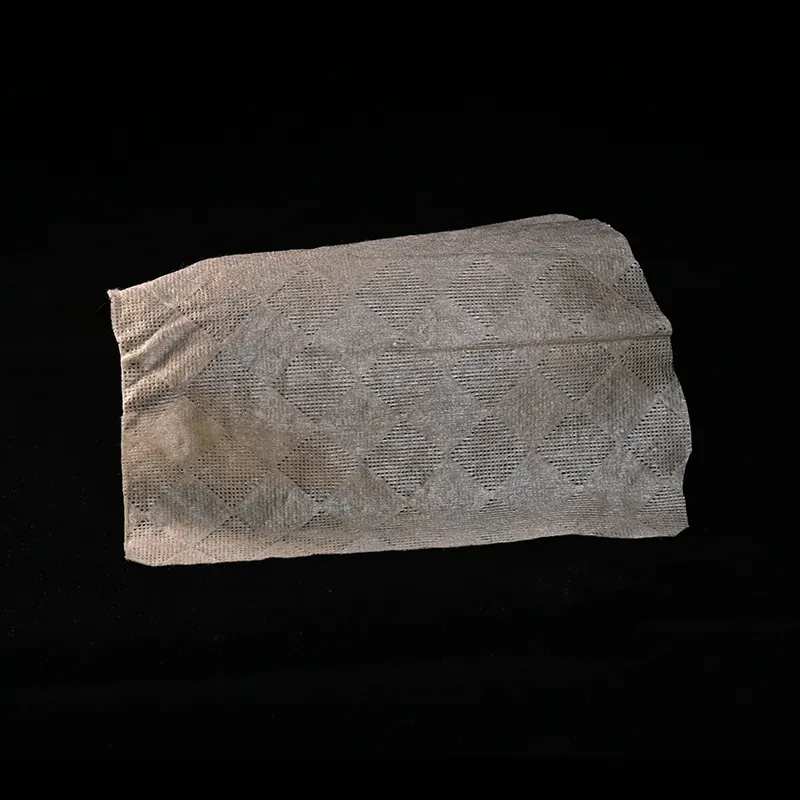Components of Nonwoven Fabric
2023-10-16
Nonwoven fabrics are versatile materials that are created by bonding or interlocking fibers together, typically without the need for weaving or knitting. They are used in a wide range of applications due to their unique properties. The components of nonwoven fabric include:
1. Fibers: Nonwoven fabrics are primarily composed of fibers. These fibers can be natural (such as cotton, wool, or silk), synthetic (such as polyester, nylon, or polypropylene), or a combination of both. The choice of fibers influences the fabric's properties, including strength, durability, softness, and more.
2. Web Formation: The process of creating nonwoven fabric starts with forming a web of fibers. This web can be created through various methods:
- Dry Laid: Fibers are randomly deposited onto a surface, forming a loose web. Methods include carding (mechanically aligning fibers) and air-laid (blowing fibers onto a surface).
- Wet Laid: Fibers are dispersed in a liquid medium, then deposited onto a surface to form a web. The liquid is subsequently removed.
- Melt Blown: Synthetic fibers are extruded and blown by high-speed air jets, creating fine fibers that are collected to form a web.
3. Bonding: The web of fibers is held together through bonding. There are several methods of bonding used in nonwoven fabric production:
- Mechanical Bonding: Fibers are mechanically entangled through processes like needle punching or hydroentanglement, where high-pressure water jets entwine fibers.
- Thermal Bonding: Heat is used to melt fibers at their contact points, fusing them together. This can be achieved through calendering (rolling between heated rollers) or through hot air bonding.
- Chemical Bonding: Adhesives or chemical agents are applied to the fibers to bond them together when they dry or cure.
4. Finishing Treatments: Nonwoven fabrics may undergo finishing treatments to enhance their properties:
- Embossing: Patterns or textures are created on the fabric's surface through heat and pressure.
- Laminating: Multiple layers of nonwoven fabric or other materials are bonded together to create composite fabrics.
- Printing: Designs or patterns can be added to the fabric's surface using various printing methods.
5. Functional Additives: Some nonwoven fabrics are enhanced with functional additives during their production to impart specific properties, such as flame resistance, water repellency, antimicrobial properties, or UV protection.
6. Cross-Linking: In certain applications, nonwoven fabrics are treated with cross-linking agents to improve their stability, durability, and resistance to chemicals and environmental factors.
7. Blending and Composite Structures: Nonwoven fabrics can be composed of a single type of fiber or a blend of different fibers for specific performance characteristics. Additionally, composite structures can be created by combining nonwoven layers with other materials, such as films or foams.
8. Surface Treatments: Nonwoven fabrics can be treated to modify their surface properties, such as increasing or decreasing their absorbency, improving their smoothness, or enhancing their wettability.
The components and manufacturing processes used in nonwoven fabric production can be adapted to achieve a wide range of properties and functionalities, making nonwoven fabrics suitable for various industries, including healthcare, hygiene products, automotive, filtration, construction, and more.



